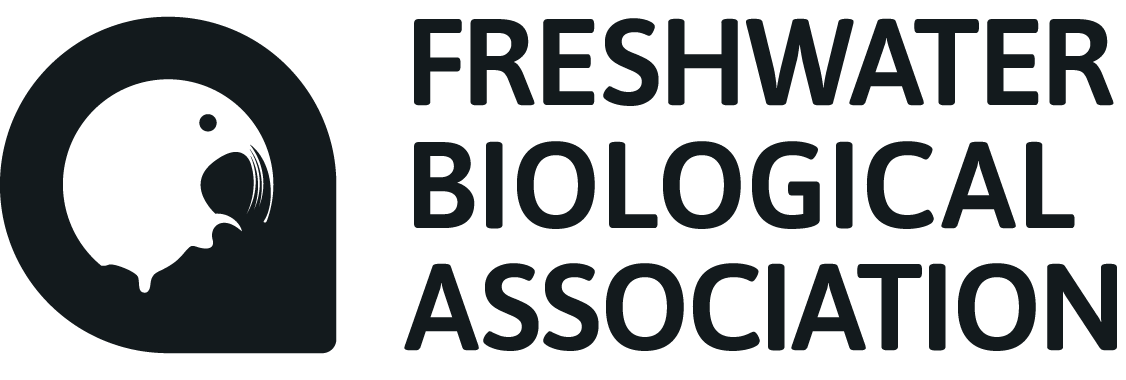Water quality investigations for endangered freshwater pearl mussels in Kent catchment
16 October, 2024
From October 2024 to Summer 2025, the FBA will be conducting a trial, placing juvenile mussels into temporary holding devices called mussel silos in three river locations across the River Kent catchment.
Mussels will be contained in a chamber within a concrete dome (a silo) for up to 12 months to investigate whether the water quality at these sites is good enough for juvenile mussels to survive and grow. This will help us prioritise potential release sites to help bring the population back from the edge of extinction in the River Kent.
So what are mussel silos?
The mussel silos are protective chambers for the juvenile freshwater pearl mussels.
The silos are placed on coarse riverbeds of cobbles and pebbles and work on the Bernoulli principle; water moves faster over the top of the silo, drawing water up from underneath which passes through the chambers containing the mussels, supplying them with food and oxygen (Figure 1).
Mussel silos provide an excellent short-term holding system for juveniles to assess food availability and water quality at potential release sites. The silos must be constantly submerged, and their weight and shape give them good stability to remain in that position all year round. Developed by researchers in the USA, the FBA has used this system successfully in other rivers to investigate site suitability and is one of the tools we can use to help prioritise release sites.
Figure 1: Mussel silos from above (top left), below with cup containing mussels (top right) and in cross section (below). Mussels are held in nested cups which are inserted into the bottom of the mussel silo and kept in place with cable ties. Water is drawn through the nested cup from the bottom and exits out of the top, providing flow to juveniles.
Where will the mussel silos be located?
Five silos are situated at each of the three sites, with five control silos at the FBA Species Recovery Centre (SRC) on Windermere. This means we can make a direct comparison to growth and survival in the River Kent conditions. Thirty juvenile mussels measuring 12-15mm will be placed into each silo and their survival checked monthly during routine cleans and checks.
Length will be measured at the end of the trial as juveniles take a long time to grow. We expect growth of only a few millimetres over the entire year!
At the end of the trial, the mussels will return to the FBA and we will use the results to help inform release activities as early as next year. We plan to release 3000 juvenile mussels by the end of the LIFE R4ever Kent project in 2027. We expect good survival of mussels in all silo locations, and hope that the results will provide confidence with our chosen juvenile release sites in the River Kent.
“With the start of these silo trials, it really feels like we are making great progress on the R4ever Kent project. This stage is incredibly important to get a deeper understanding of how juvenile mussels will respond to the River Kent conditions and hopefully after a year, we will be one big step closer to releasing our 4000 targeted freshwater pearl mussels.”
Juvenile mussels being released in silos in the River Kent catchment
Further information
Find out more about our Freshwater Pearl Mussel species recovery project.
This Freshwater Biological Association is a LIFE R4ever Kent project, part of the LIFE Programme. Other LIFE partners are Natural England, South Cumbria Rivers Trust and the Environment Agency.
Mussel silos in situ, part of the juvenile trial releases across the River Kent catchment in October 2024.








